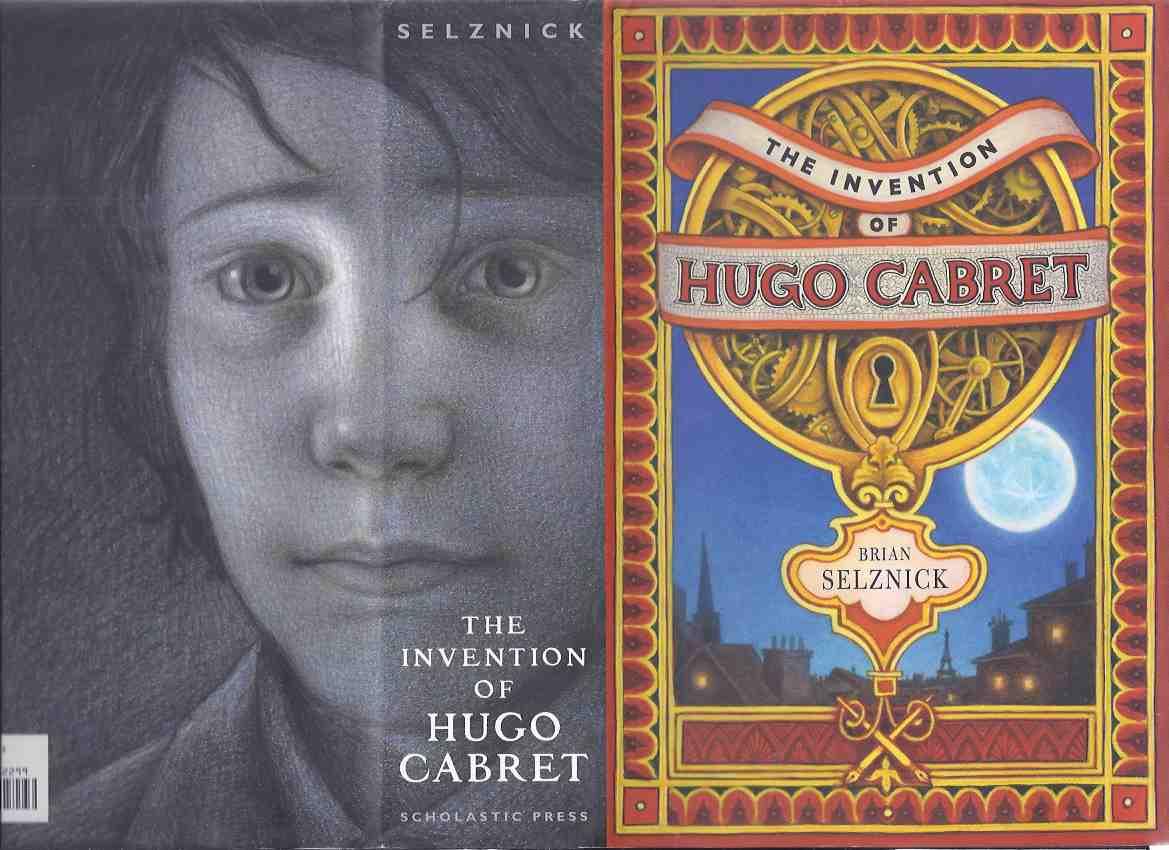Van Allsburg, C. (2011). The chronicles of Harris Burdick:
14 amazing authors tell the tales; with an introduction by Lemony Snicket.
Boston: Houghton Mifflin.
From the Introduction by Lemony Snicket:
“The story of Harris Burdick is a story everybody knows,
though there is hardly anything to be known about him. More than twenty-five
years ago, a man named Peter Wenders was visited by a stranger who introduced
himself as Harris Burdick and who left behind fourteen fascinating drawings
with equally if not more fascinating captions, promising to return the next day
with more illustrations and the stories to match. Mr. Wenders never saw him
again, and for years readers have pored breathlessly over Mr. Burdick's oeuvre…
This book, then, is suspicious. The stories you find here may have been
written, as so many Burdick stories have been written, as the guesswork of
authors drawn to Mr. Burdick's striking images and captions. But I believe
these are the actual stories written by Harris Burdick, given by Burdick to the
various authors who are now pretending to have written them. I have no proof of
this theory, but when I questioned the authors involved, their answers did
nothing to change my mind.” Retreived 10/23/2017 from the Website for the book.
From Horn Book Magazine:
"Van Allsburg’s
The Mysteries of Harris Burdick (rev. 9/84) has
entertained and inspired readers for over a quarter
of a century, and now this companion volume adds short stories by various authors
inspired by each of the fourteen original illustrations. The top-tier contributors are
Sherman Alexie, M. T. Anderson, Kate DiCamillo, Cory Doctorow, Jules Feiffer,
Stephen and Tabitha King, Lois Lowry, Gregory Maguire, Walter Dean Myers, Linda
Sue Park, Louis Sachar, Jon Scieszka, and Van Allsburg himself. The stories embrace
a range of styles and subjects (for example, Sachar serves up a ghost story, while
DiCamillo offers an epistolary narrative), but, like their enigmatic and mysterious
inspirations, each touches on the strange, the odd, and the fantastic. There’s not a
bad story in the bunch, but the large trim size may be off-putting to older readers,
and the book will likely need adults to put it into the right hands. Of course, that
shouldn’t be a problem as many teachers use the original book (especially in its portfolio
edition) in creative writing exercises." (Hunt, 2011)
Recommended for ages 8-13 by Kirkus (Chronicles, 2011).
I am recommending this book for grades 3-5. The story of Harris Burdick is fun and elicits critical thinking. It is a good book to use with the comprehension standards for Primary English Language Arts. See the Kentucky Academic Standards document, page 71.
I am recommending this book for grades 3-5. The story of Harris Burdick is fun and elicits critical thinking. It is a good book to use with the comprehension standards for Primary English Language Arts. See the Kentucky Academic Standards document, page 71.
Keywords: Mysteries, Illustrations, Fantasy, Short Stories
Chronicles of Harris Burdick: Fourteen amazing authors tell the tales (The).
(2011). Kirkus Reviews, 79(8), 48.



